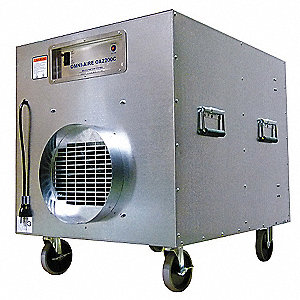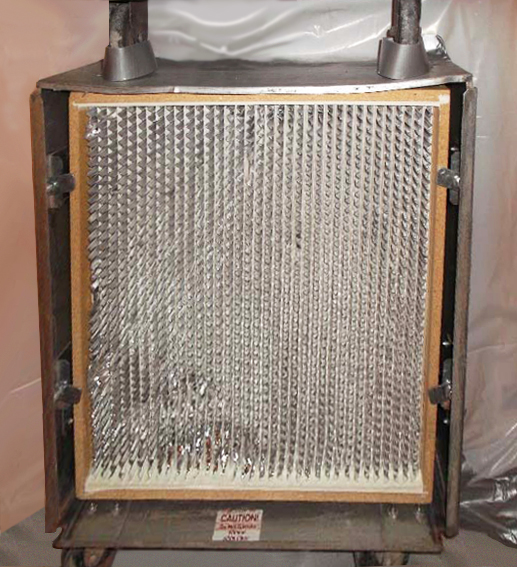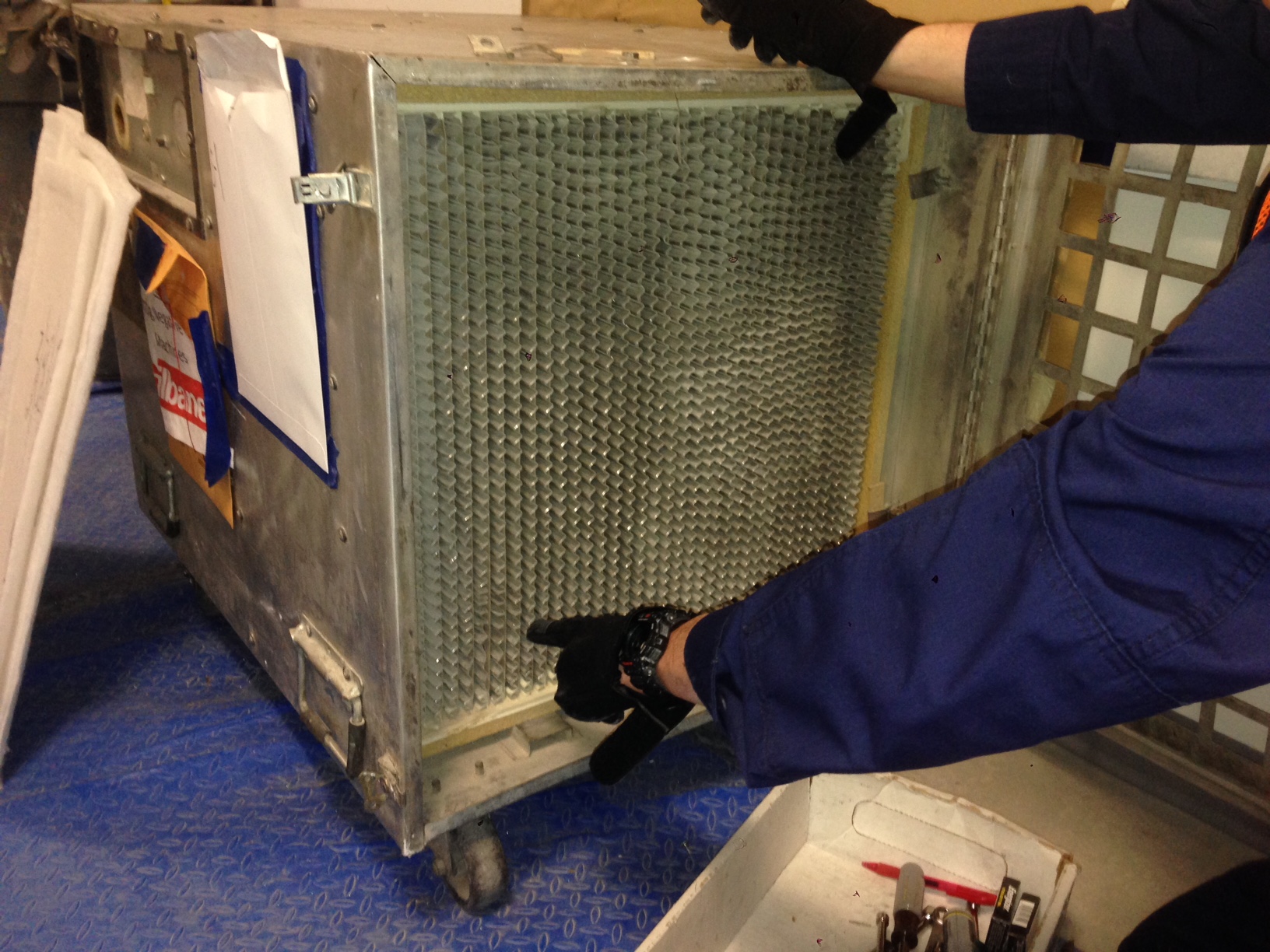Because of a lapse in government funding, the information on this website may not be up to date, transactions submitted via the
website may not be processed, and the agency may not be able to respond to inquiries until appropriations are enacted. The NIH
Clinical Center (the research hospital of NIH) is open. For more details about its operating status, please visit
cc.nih.gov.
Updates regarding government operating status and resumption of normal operations can be found at
opm.gov.
Safety
Portable High Efficiency Air Filtration Device Test Program
Page Content

The Division of Occupational Health and Safety (DOHS) has adopted policy for devices incorporating high efficiency particulate air (HEPA) filters during environmental remediation activities. This type of engineering control is known as a negative air machine, air scrubber, air filtration unit, and portable high-efficiency air filtration (PHEAF) device.
policy for devices incorporating high efficiency particulate air (HEPA) filters during environmental remediation activities. This type of engineering control is known as a negative air machine, air scrubber, air filtration unit, and portable high-efficiency air filtration (PHEAF) device.
Several publications are available that assess the performance of HEPA filters used in stationary sources, e.g., biological safety cabinets. These studies demonstrated that once installed, the HEPA filter may not perform as specified due to manufacturer defects, damage incurred during shipping and handling, or improper installation of the HEPA filter into the housing mount. For these
 reasons, end-users of stationary HEPA systems conduct testing to demonstrate integrity of the installed filter. Since the type of HEPA filter used in stationary sources is similar to those used in PHEAF devices, the circumstances that cause damage to the HEPA filter are shared between stationary and portable units.
reasons, end-users of stationary HEPA systems conduct testing to demonstrate integrity of the installed filter. Since the type of HEPA filter used in stationary sources is similar to those used in PHEAF devices, the circumstances that cause damage to the HEPA filter are shared between stationary and portable units.
In harmony with measures that promote a safe work environment, the DOHS is implementing process to inspect and test each PHEAF device used during abatement or remediation of hazardous materials within the building envelop.
What PHEAF devices are subject to performance testing?
PHEAF devices used for remediation projects performed on the NIH-Bethesda campus are subject to visual inspection and performance testing.
Where and when will the testing occur?

PHEAF devices used for abatement of asbestos-containing materials (ACM) must be tested for each project at the project
site. These units will be tested within the containment prior to commencing abatement. PHEAF devices used during remediation projects not involving ACM must have successfully passed a performance test within the previous 3-months. PHEAF devices must pass a visual inspection prior to each project.
The NIH Industrial Hygienist, or representative, may require a subsequent performance test if the PHEAF device is relocated during the project or if the PHEAF device appears to have incurred damage since the last performance test.
Frequently Asked Questions
References and Policy Memo
 Mobile Ventilation: Using PHEAF Devices during Indoor Renovation and Environmental Remediation
Mobile Ventilation: Using PHEAF Devices during Indoor Renovation and Environmental Remediation
 Capture efficiency of portable high-efficiency air filtration devices used during building construction activities.
Capture efficiency of portable high-efficiency air filtration devices used during building construction activities.
 Policy Memo: Use of Portable High-Efficiency Air Filtration Devices During Remediation Projects at NIH-owned, Maryland-located Facilities
Policy Memo: Use of Portable High-Efficiency Air Filtration Devices During Remediation Projects at NIH-owned, Maryland-located Facilities
